Hordes of fish across Europe are enjoying their newfound freedom, as 2023 was another record-breaking year for the removal of dams, weirs, culverts and other river barriers across the continent.
487 barriers were removed, according to the annual report from Dam Removal Europe (DRE), up from 325 in 2022, a 49.8% increase.
In total, 4300 kilometres of river habitat were reconnected, allowing rivers to flow freely and migratory fish to reach breeding areas, as well as dispersing sediments and nutrients to restore healthy habitats.
- Fish Doorbell: Dive into the livestream that’s saving fish in the Netherlands
- Astonishing ‘explosion of life’ coral spawning in Cambodia stuns scientists
- Huge “first-of-its-kind” rewilding project to bring back lost species in South Africa
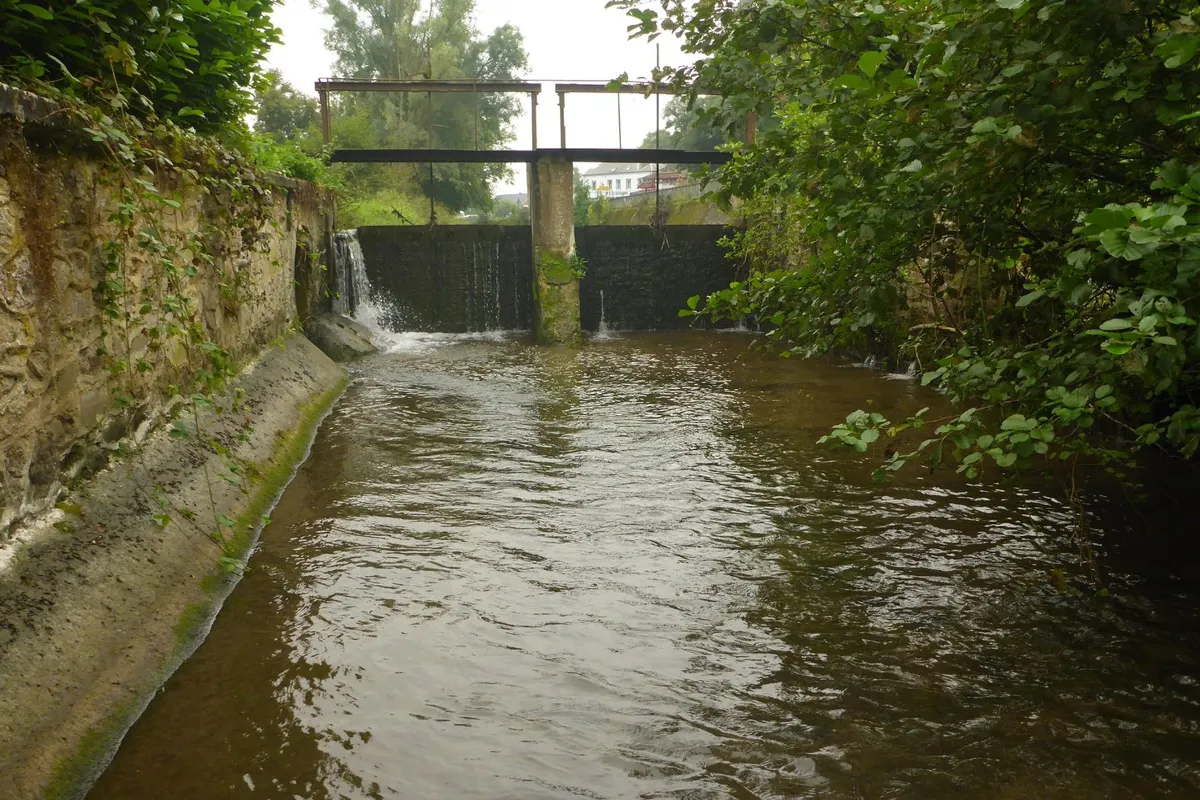
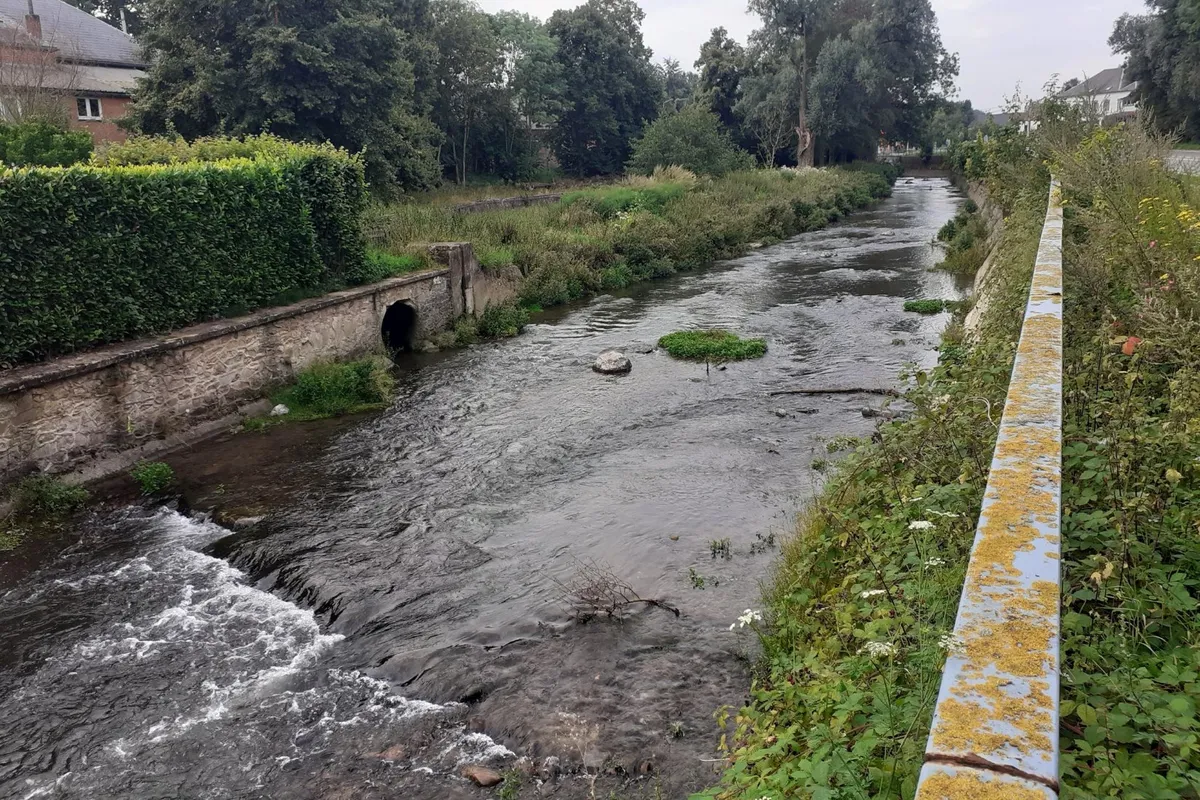
“Dams, weirs and other barriers block river flow, sediment flow, nutrient flow and the movement of animals, like fish and water insects,” says Herman Wanningen, director of World Fish Migration Foundation (WFMF) and founder of Dam Removals Europe.
“The river system and all its ecological functions are altered by these human-made structures. A river that doesn’t flow and which isn’t connected has low biodiversity and is slowly dying.
"In Europe, migratory fish stocks have plunged since the 1970s by more than 90%. But it’s very exciting that fish like salmon and eel are returning fast - amazingly fast - and recolonizing the rivers after the dams and other barriers go down. It happened in France in the Selune river after barriers were removed in 2020 and 2022, but also in the Hitolanjoki river in Finland after a third dam was removed in 2023.”
"A river that doesn’t flow and which isn’t connected has low biodiversity and is slowly dying."
Europe currently has 1.2 million river barriers. Hundreds of rivers are disrupted or blocked by dams, weirs, culverts and levees, often leading to the loss of breeding areas and reduced numbers of fish, such as salmon, sturgeon, trout and eels, which has a knock-on effect on an ecosystem’s biodiversity, from brown bears and otters to eagles and insects.
The structures were built to serve human needs, especially industry and agriculture, such as factories’ watermills, irrigation, hydropower or navigation locks. But many of the structures are ageing, with more than 150,000 listed as old and obsolete, many at risk of collapse.
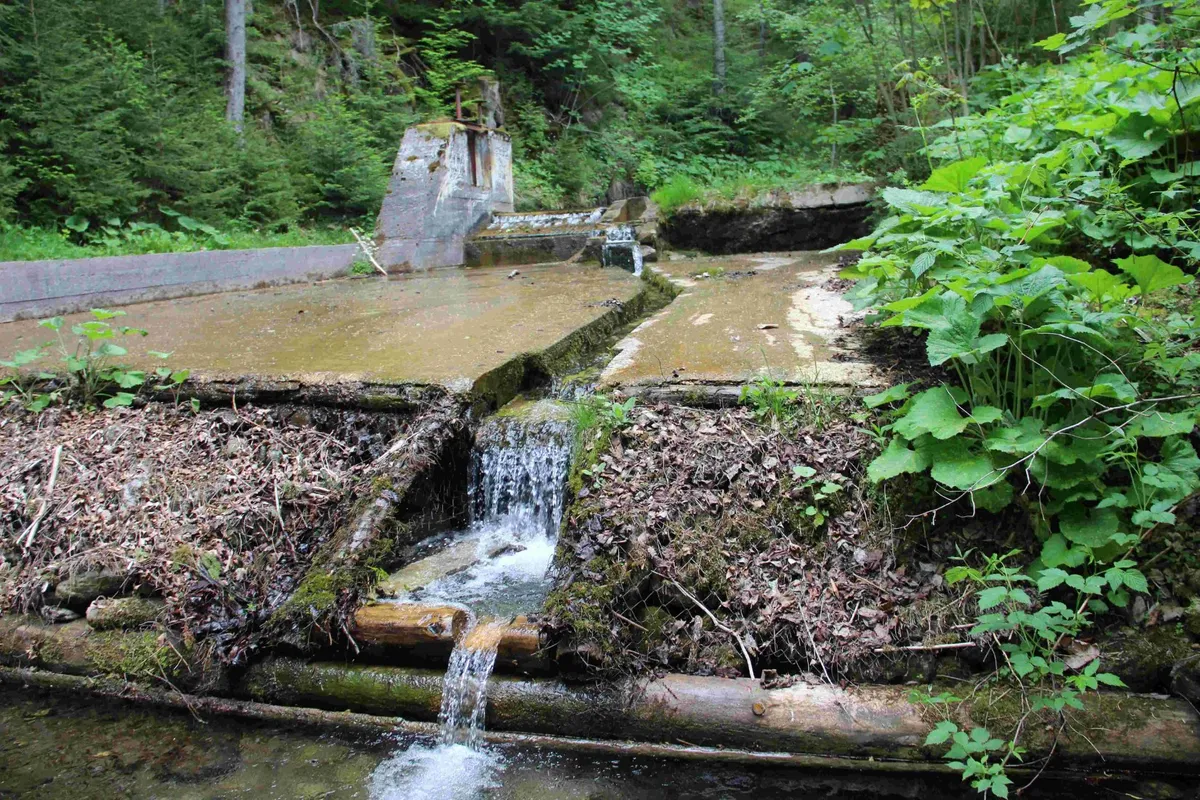

Barriers were removed in 15 countries in 2023. France was the trailblazer with 156 barriers removed in 2023, followed by Spain, Sweden and Denmark, with the UK coming in at fifth position, with 36 reported removed dams, including barriers on the Camel, Dever and Tarrant rivers.
“Since DRE started reporting on removals, the UK has been among the top five countries in Europe for the number of removals per year,” says Wanningen.
Most removals occurred in west and north Europe, regions where density of river barriers is higher. But progress is also being made in other regions, including the Balkans, through an Open Rivers Programme-funded project to scale up dam removal in south-east Europe.
Dam Removal Europe is a coalition of seven organisations, including World Fish Migration Foundation, The Nature Conservancy, WWF, The Rivers Trust, and Rewilding Europe, working to restore healthy, free-flowing rivers across Europe.
78% of the barriers removed from Europe’s rivers in 2023 were lower than two metres high. 46% of the removed barriers were weirs, 36% were culverts, and 12% were dams.
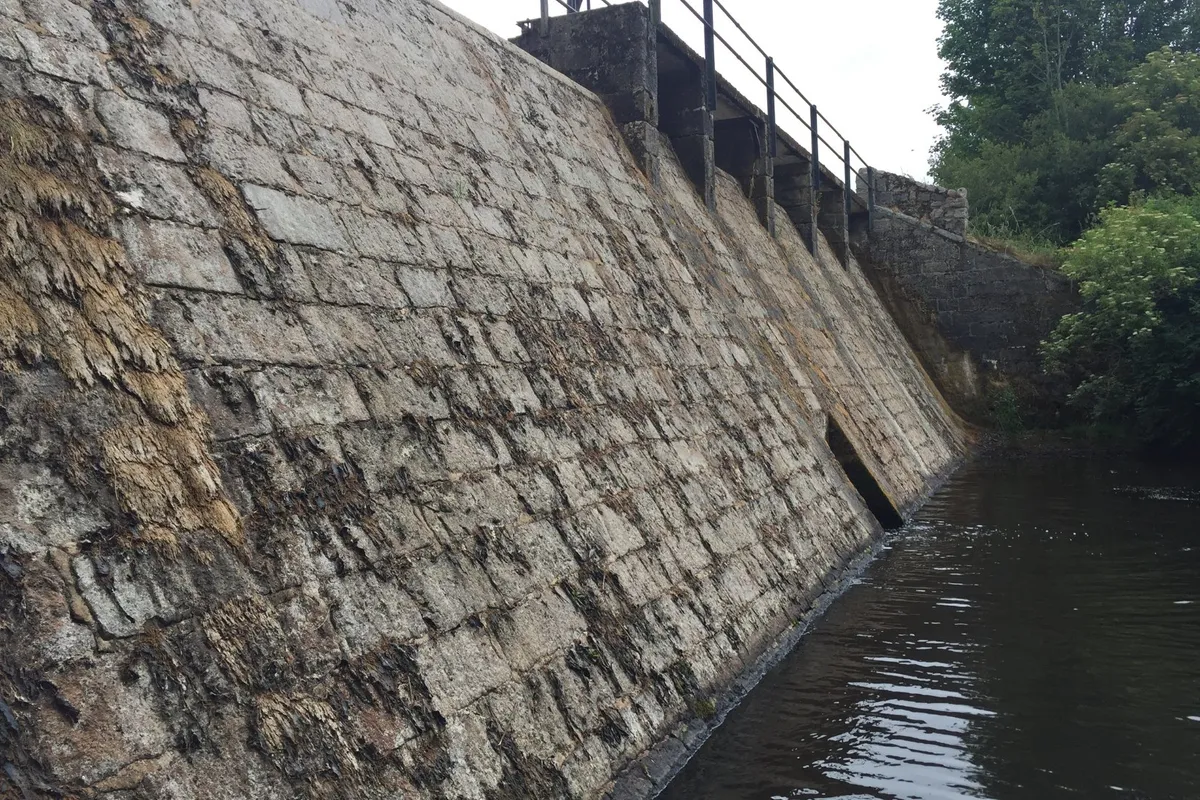
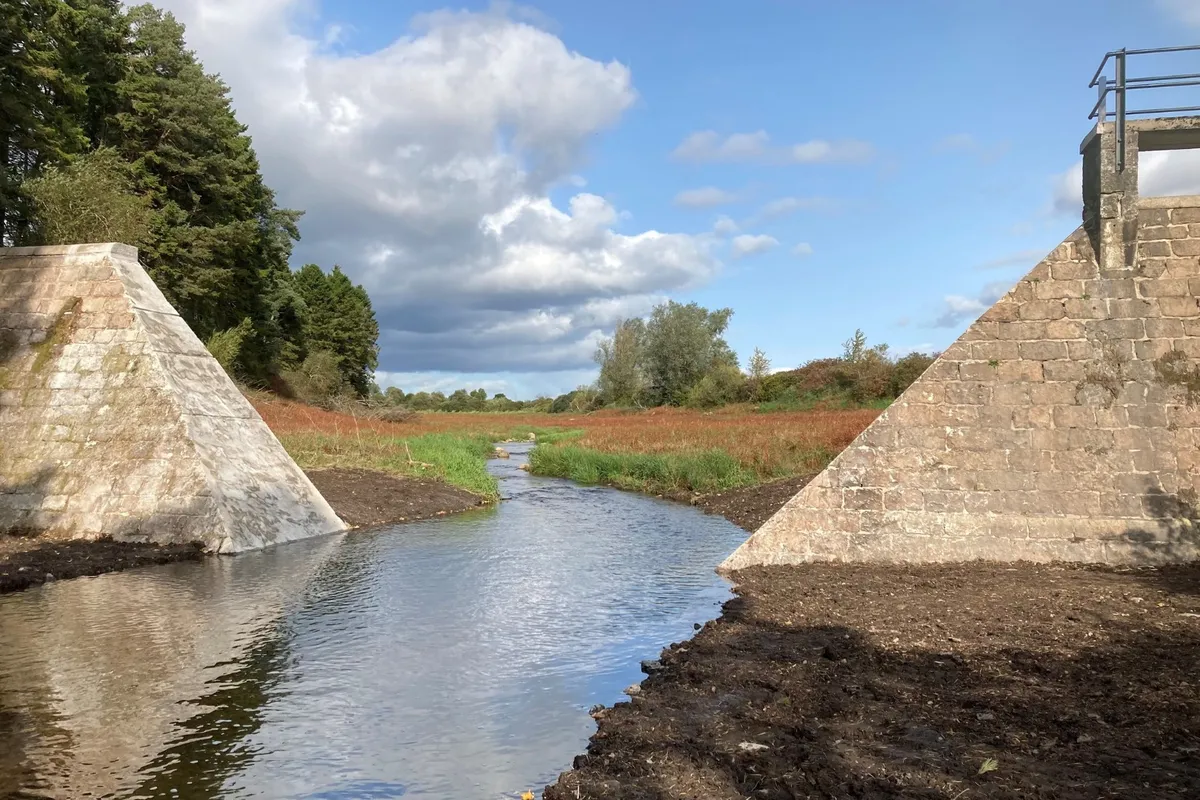
- There’s a fish in Tasmania with hands instead of fins, and scientists are about to save it from extinction
- It’s a slimy, prehistoric parasite with the mouth of an alien. And two fearless photographers are obsessed with finding it
- What is the world's largest freshwater fish?
Removing barriers and restoring the natural flow of rivers also brings ecosystem service benefits for people, such as flood protection and water purification, as well as recreational opportunities and leisure tourism businesses.
Removing the river barriers isn’t always popular. Local people sometimes worry there will be more flooding (though removing dams, if done properly, reduces the likelihood of flooding) or about a loss of a popular fishing or scenic spot. Energy companies who’ve invested in dams for hydropower are also often reluctant to remove them, though Finland has been making strides, dismantling functioning hydropower dams on the Hiitolanjoki River.
Leaving old, obsolete barriers in place is not only seen as bad for nature, but a risk to people’s safety, with collapsing dams and other river blockages a growing concern not just in Europe but globally, causing economic losses and damage to property and the local environment, displacing communities, and sometimes leading to a loss of human life.
There were incidences of dams or barriers collapsing last year in Norway and Slovenia. Earlier this month, a federal emergency was declared in the Orenburg region of Russia following a burst dam on the Ural River. “We have proof that dams can fail and become unsafe,” says Wanningen. “We now can show rivers become safer if old and obsolete dams and weirs are removed. We don’t want uncontrolled collapsing dams and weirs.”
In 2023, Dam Removal Europe studied the safety risks dams pose to swimmers, kayakers, and recreational river users. “Dams, in particular weirs (low-head dams), have also been identified as potential “drowning machines”, due to the formation of an inescapably strong subsurface current,” Wanningen explains. In this report, we made the first attempt to collect information on accidents that occur in European rivers since the 1800s. It was reported that 82 incidents of people getting stuck or caught in dams and weirs occurred in 16 countries, resulting in 129 fatalities. In 80.5% of the incidents, there was at least one death.”
The compelling argument for freeing rivers has gathered momentum, with year-on-year increases of removals in recent times, 2023’s figure a significant leap up from 101 removals in 2020. More is expected in 2024.
“I hope to see the European dam removal movement expanding to Eastern Europe and the Danube region, as not many people are working on this topic there yet, but the rivers are amazingly valuable," says Wanningen.
"We have 150,000 obsolete dams and weirs to go, which is a great challenge. I also hope that in 2024 the hydropower community starts to realise we should work together on saving free-flowing rivers, instead of thinking about more dams. It’s time to rethink the way we’re managing rivers and to open them up again. Free-flowing rivers are the way forward if we want to save nature and people.”